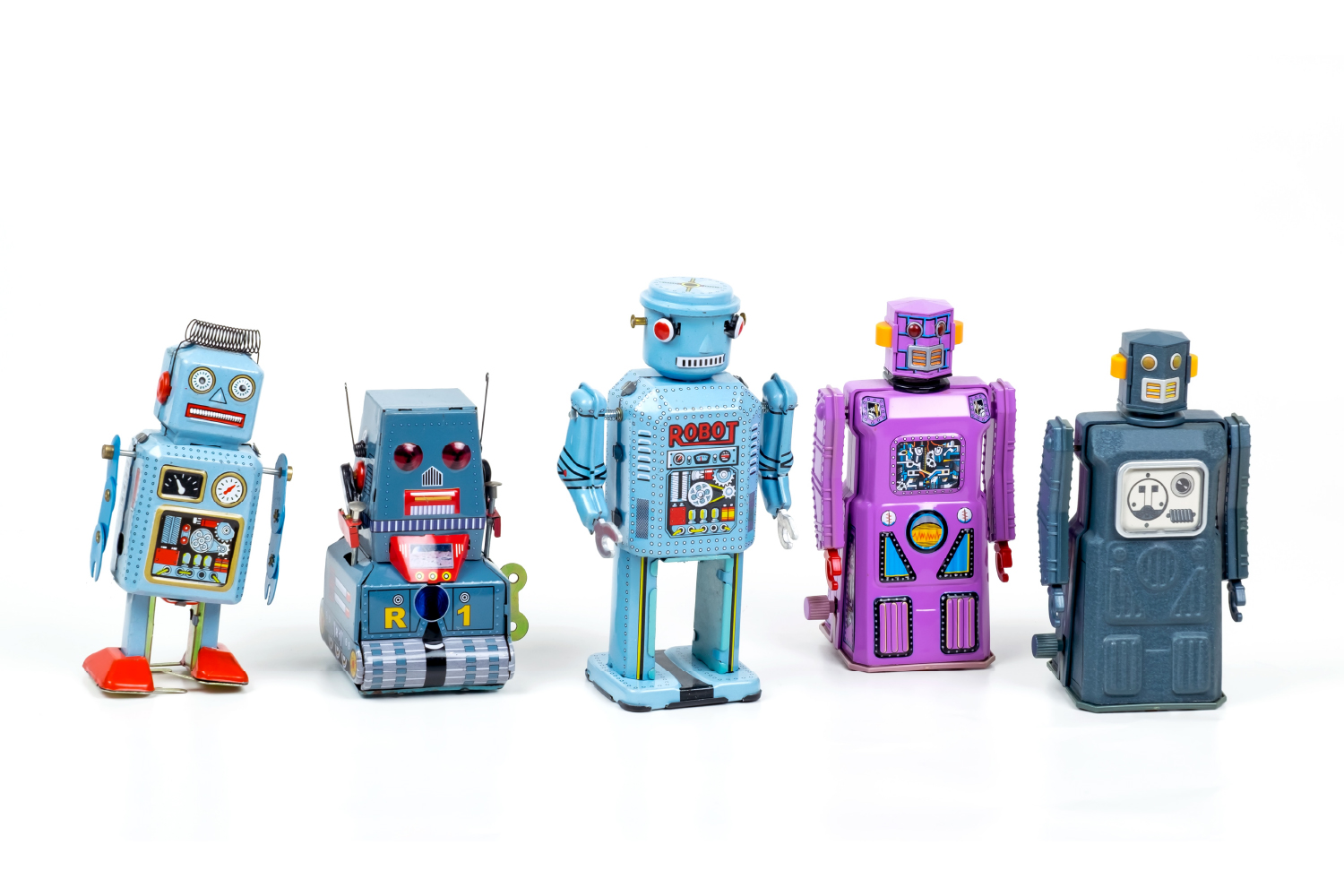5 ways chatbots help improve your brand experience
5 ways chatbots help improve your brand experience

Chatbots are more common than you’d think. Not only do most of us now encounter them online, but many of us have one with us 24/7 on our smartphones. Siri, Alexa, and Google Assistant are all versions of a chatbot. These chatbots are computer programs which simulate human interaction. This is what is called conversational artificial intelligence (AI). There are two types of chatbots: a rule based chatbot, which is simple and quick to deploy, and an AI based chatbot, which is more complex and needs time to learn and adapt its behaviors according to users needs.
Many businesses now use this as a customer relationship management tool as it allows them to connect with users in a quick and convenient manner. Research has shown that chatbots can increase engagement up to 90% and sales by 67%. They’re considered the future of conversational channels and it is predicted that 75% to 90% of queries will be handled by bots. The opportunities with this tool seem unlimited, and boosting your brand experience is simpler than it seems with the use of a chatbot.

In this blog we’re exploring 5 ways chatbots can improve your brand experience - here’s how:
They create a base for conversational marketing
Marketing is no simple feat. Creating a strategy which works for a variety of customers can be challenging. Chatbots, particularly AI based ones, are particularly useful at integrating with customer behavior and working with user preferences. It also triggers engagement with customers and allows for conversation. This enables businesses to communicate with customers on their channel of choice (which in most cases will be through WhatsApp, Facebook, or the businesses website). Chatbots can be a quick tool to integrate into these systems or may be pre-built into conversational marketing tools, while an AI based chatbot may take a bit longer to fully integrate (about 8 weeks), it’s relatively simpler to implement in comparison to using more traditional methods such as email communication. Chatbots allow for convenient, effective, and quick conversational marketing while allowing us to gain an understanding of customer behavior.
They automate workflows
 |
A chatbot is a tool. Both rule-based and AI-based chatbots can direct customers to the right page or right person. This means that customers and employees can save time and have a more efficient experience overall. Your live agents can focus on more meaningful customer interactions as the chatbot is able to manage common queries and redirect requests that require human interaction. This is particularly useful for industries such as retail. General questions and even typically resource-intensive aspects like returns can all be handled by a chatbot. |
This saves both time and money. These chatbots are also easy to set up, can generally work together with most pre-existing systems, and can be configured according to the customers exact needs. All these elements allow for an elevated brand experience which should keep customers coming back.
Provides after-hours support for customers
Even for those of us who have international teams, there are often times when live agents are not available. These chatbots can answer simple enquiries during this time. This is particularly useful for after work hours in which there may be no or limited staff. It also works with customers' personal schedules allowing for 24/7 connection, at any time of the day.
It’s a more personalized way of connecting with a brand
While we often don’t associate chatbots with being personalized, there is, in fact, a lot of work that goes into creating these according to users' needs while also adhering to brand guidelines. Firstly, these chatbots can create an instant connection, meaning that conversational marketing can occur as a ‘normal’ conversation would.
Chatbots also give a brand a face and personality. Use of humor, or emoji’s, can be integrated into your conversational marketing strategy to personalize and connect, and even though this tool is virtual, you can include mannerisms or phrases that are unique to the brand experience. An example of this is how we call our employees ‘Unifones’ - this is something unique to our brand which our chatbot can use when connecting a user to a live agent.
Use of chatbots can result in increased sales & more satisfied customers
Research shows that companies were able to increase their sales by 67 percent with the help of a chatbot. This is due to a combination of factors. Firstly, chatbots can serve a variety of purposes, they help close sales deals by better collecting information. They help identify qualified leads, they can book product demos, and also create engagement with website or social media visitors.
They also allow for a faster response time. These chatbots answer three times faster in comparison to live agents (on average). Why is this important? If clients need to wait for extended periods they are less likely to convert to a customer, which is the goal of conversational marketing, to turn leads into customers.

In addition, chatbots (on average) have helped to increase satisfaction with customer service by 24 percent. Customer satisfaction is integral as it boosts customer loyalty and recurring revenue.
Existing customers spend an average of 31% more and are 50% more likely to try new products compared to new customers. Higher customer loyalty is also an indicator of customer satisfaction levels, so if you do notice customers coming back, that means you’ve done something right!
In summary, chatbots should be used as a tool to connect with users and help provide solutions to both customers and businesses. With quick installation and implementation, marketers can create more effective conversations which also streamline internal workflows. Whether you use rule-based chatbots or AI-based chatbots, the benefits for creating a memorable brand experience is not to be underestimated.
Related articles

05 October 2022
The Benefits of Using Chatbots for B2B Sales
Read more




